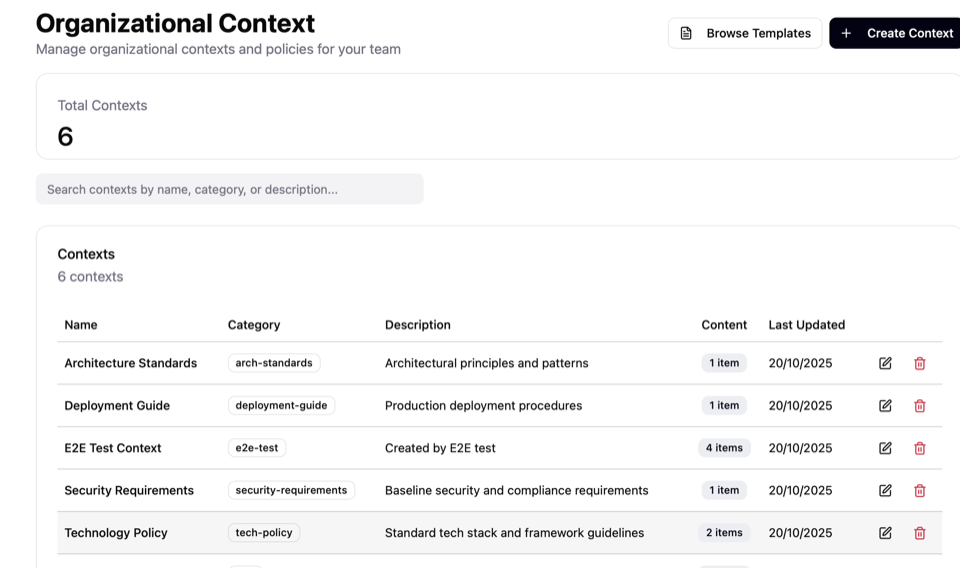What Taivala does
Taivala gives AI the practical organisational knowledge your developers rely on. We bring together Slack, Jira, Confluence, Git, architecture notes, runbooks, decisions and examples—and make that knowledge available directly inside developers’ IDEs.
Organisational knowledge graph
Continuously ingest the decisions, runbooks, and examples your teams trust so copilots inherit the same context.
- Connect Slack, Jira, Confluence, Git and architecture sources
- Auto-curate reusable decisions, standards, and examples
- Keep context current with change detection and gaps surfaced
- Approve what becomes org knowledge with audit trails
Context inside the flow
Developers see the right guidance inside IDEs, chat, and reviews so AI output matches your systems and standards.
- VS Code, JetBrains, Claude Code, Slack, and Teams surfaces
- Context-aware copilots paired with least-privilege actions
- Guardrails that mirror your governance automatically
- Less rework because AI output mirror your real stack
Scale, visibility, guardrails
Leaders get the signal to prove adoption, see where AI struggles, and enforce safe rollout.
- Adoption by team, repo, and workflow with cohort tracking
- Gap detection shows where AI can’t find the answer
- Guardrail breaches, approvals, and audit-ready logs
- Insights for product, platform, and security leads
With Taivala:
- AI output matches your systems and standards
- More developers get consistent value
- Rework drops because guidance is embedded
- AI adoption starts spreading naturally
This is what makes AI actually scale.

